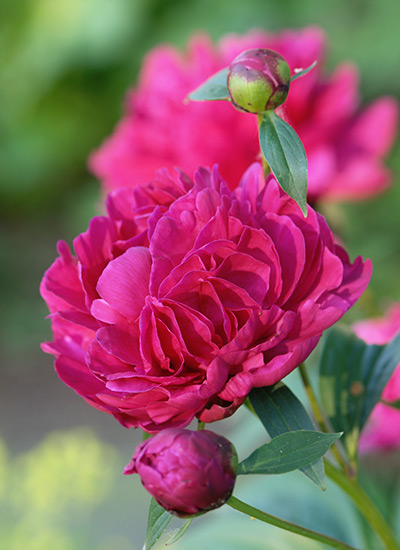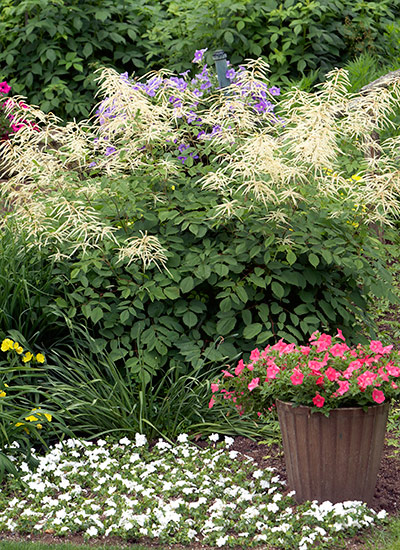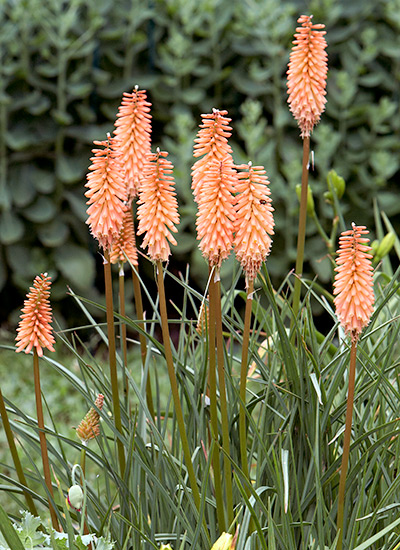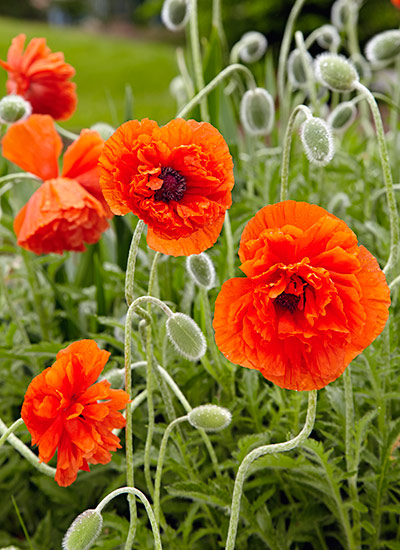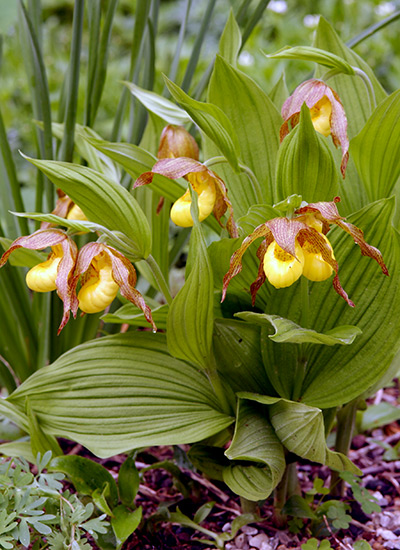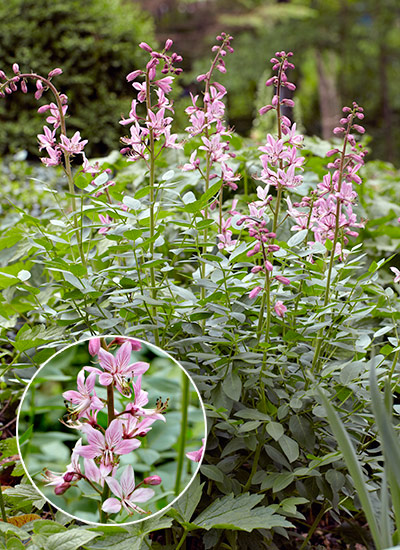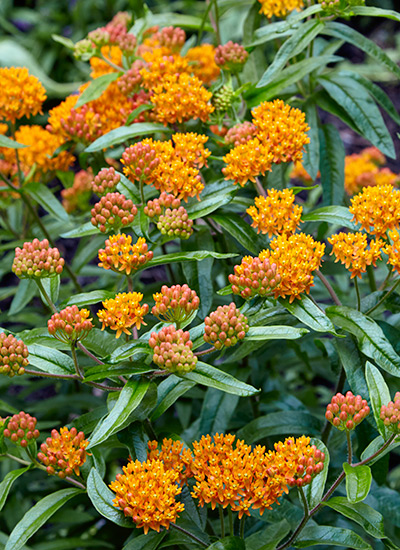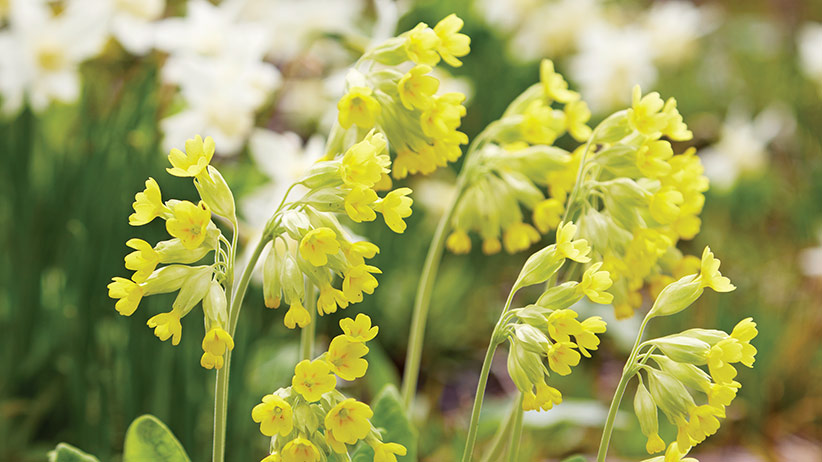Add long-lived perennials to your garden
Perennial means that the same plant keeps coming back year after year. But how many years? Five? 10? 100? Indefinitely? While you probably know that perennials don’t live forever, there are some that thrive many more years than others — and most do it with minimal care. If you don’t have time to dig and divide every few years, the plants I’ll talk about here may be ideal for you. Most will even hold their own against a wave of weeds as well as pesky diseases and insects. However, a little care will give you much better rewards.
What is it that makes some perennials live so long? The peony, gas plant and baptisia have deep and fleshy roots that can see them through long periods of drought or competition from weeds. However, those same roots make these perennials tough to transplant.
Be patient with these long-lived perennials
Most of the long-lived plants here grow at a slower pace than other perennials. They take their time getting established, and when they’re young they just don’t look very impressive. Odds are that you may not find big specimens at the garden center. And when you do take one home and get it into the garden, it’ll most likely take a few years to establish new roots and start to bloom.
Another trait of many long-lived perennials is that they only bloom once a year. For example, even if you deadhead a peony or a poppy, it won’t bloom again. Perhaps that’s how these garden elders manage to live so long — they produce just one spectacular crop of blossoms and then take a well-deserved rest, conserving energy for next year’s show. While removing spent flowers is mostly a cosmetic procedure, it does keep the plant from wasting energy forming seeds. So deadheading will help grow a stronger root system.
You Might Also Like:
10 Low-Maintenance Perennials
2 Stunning Ideas for Your Summer Perennial Garden Bed
Improved Garden Perennials
Butterfly-Friendly Garden Plan





